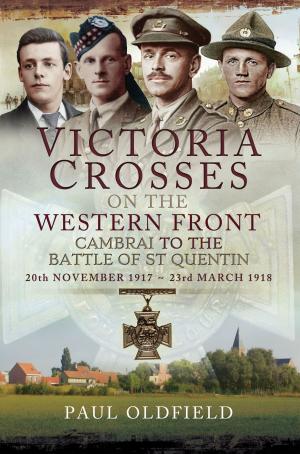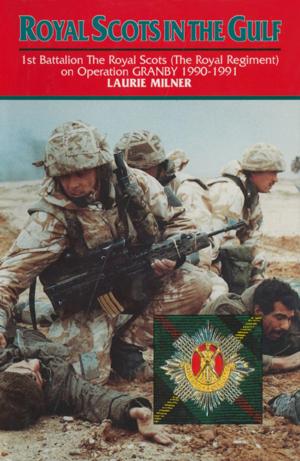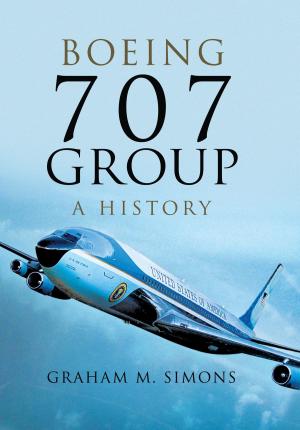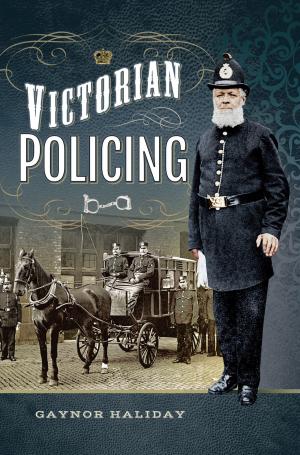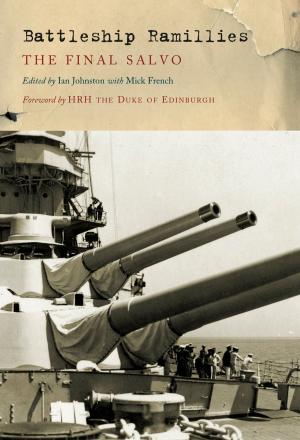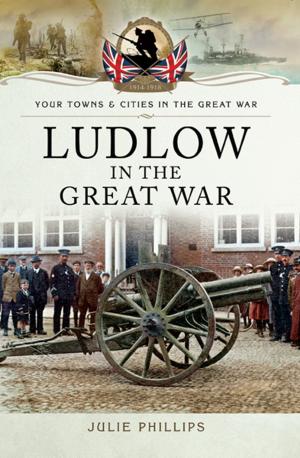Flying Scotsman
A Pictorial History
Nonfiction, Reference & Language, Transportation, Railroads, History, British, Business & Finance| Author: | Keith Langston | ISBN: | 9781473899940 |
| Publisher: | Pen and Sword | Publication: | November 30, 2016 |
| Imprint: | Pen and Sword Transport | Language: | English |
| Author: | Keith Langston |
| ISBN: | 9781473899940 |
| Publisher: | Pen and Sword |
| Publication: | November 30, 2016 |
| Imprint: | Pen and Sword Transport |
| Language: | English |
Built at Doncaster works in 1923 the Nigel Gresley designed then-‘A1’ class Pacific (4-6-2) first entered service as No 1472. The new locomotive did not receive a name until it was sent for display at a Wembley exhibition in 1924, and then the name Fying Scotsman was chosen. The Legend was born. In 1928 the London North Eastern Railway (LNER) express steam locomotive hauled the first nonstop service from London to Edinburgh and in 1934 went on to break through the 100mph barrier. In addition to regularly hauling express trains for the LNER and later British Railways (BR), the Gresley steam icon has also traveled to, and worked passenger trains in, North America and Australia. Withdrawn by BR in January 1963 as BR No 60103, the locomotive was bought for preservation and soon became a regular sight on mainline specials and at preserved railways. The locomotive’s history in preservation is an interesting if not chequered one, however stability is now assured as Flying Scotsman has rightly become a part of the national collection administered by the National Railway Museum (NRM). The excitement which surrounded the return to steam of Flying Scotsman in 2016, and the ongoing celebrity status afforded to the famous Gresley designed engine, are perchance confirmation of the fact that it is ‘The World’s Most Famous Steam Locomotive’. The ‘most famous’ phrase entered into locomotive preservation folklore when first broadcast by John Noakes, a BBC TV Blue Peter presenter. A great many words have been written about the engineering specification and ‘in service’ performance of Flying Scotsman. Accordingly, this keepsake publication simply uses carefully selected images, dating from the BR steam era to the present day, to celebrate the ‘Return of the Legend’. This publication includes a selection of QR Codes with links to items of film footage.
Built at Doncaster works in 1923 the Nigel Gresley designed then-‘A1’ class Pacific (4-6-2) first entered service as No 1472. The new locomotive did not receive a name until it was sent for display at a Wembley exhibition in 1924, and then the name Fying Scotsman was chosen. The Legend was born. In 1928 the London North Eastern Railway (LNER) express steam locomotive hauled the first nonstop service from London to Edinburgh and in 1934 went on to break through the 100mph barrier. In addition to regularly hauling express trains for the LNER and later British Railways (BR), the Gresley steam icon has also traveled to, and worked passenger trains in, North America and Australia. Withdrawn by BR in January 1963 as BR No 60103, the locomotive was bought for preservation and soon became a regular sight on mainline specials and at preserved railways. The locomotive’s history in preservation is an interesting if not chequered one, however stability is now assured as Flying Scotsman has rightly become a part of the national collection administered by the National Railway Museum (NRM). The excitement which surrounded the return to steam of Flying Scotsman in 2016, and the ongoing celebrity status afforded to the famous Gresley designed engine, are perchance confirmation of the fact that it is ‘The World’s Most Famous Steam Locomotive’. The ‘most famous’ phrase entered into locomotive preservation folklore when first broadcast by John Noakes, a BBC TV Blue Peter presenter. A great many words have been written about the engineering specification and ‘in service’ performance of Flying Scotsman. Accordingly, this keepsake publication simply uses carefully selected images, dating from the BR steam era to the present day, to celebrate the ‘Return of the Legend’. This publication includes a selection of QR Codes with links to items of film footage.

